by SATPAL KALER
alltherage@thestar.com.my
An estimated 18,000 underage girls get pregnant in Malaysia each year – and experts are saying enough is enough.
Mariam*, 17, should’ve been preparing for her SPM exams when we met her in February last year. But instead, she was about six months pregnant and living in a shelter home for unwed mothers, surrounded by other teenaged girls she barely knew.
Instead of learning math and science, Mariam was learning how to diaper and burp a baby, using a fellow shelter girl’s newborn as practice.
But the biggest lesson she had learnt was that having sex can get you pregnant – something she didn’t really know before.
“I didn’t think that I would get pregnant, that’s why I never insisted on a condom,” she said.
“I wasn’t ready to have sex, but my boyfriend kept asking for it. I didn’t know how to say no, so I relented.”
Now, Mariam is stuck in the shelter. She can only stay for up to three months after giving birth – after that, she has to make way for another expectant unwed teenager.
“There are a lot of pregnant girls, so I’ll have to make way for them. But I don’t know what I’m going to do after,” she said.
Mariam’s story is not uncommon, according to Vimmi Yasmin, founder of Rumah Kita, a shelter for unwed mothers.
“Most teenagers have sex without thinking it will result in pregnancy,” she said. “There’s no thorough sex education in school. In secondary school when they teach sex in biology, it’s too technical and academic and not very helpful to understand what happens when you have sex”.
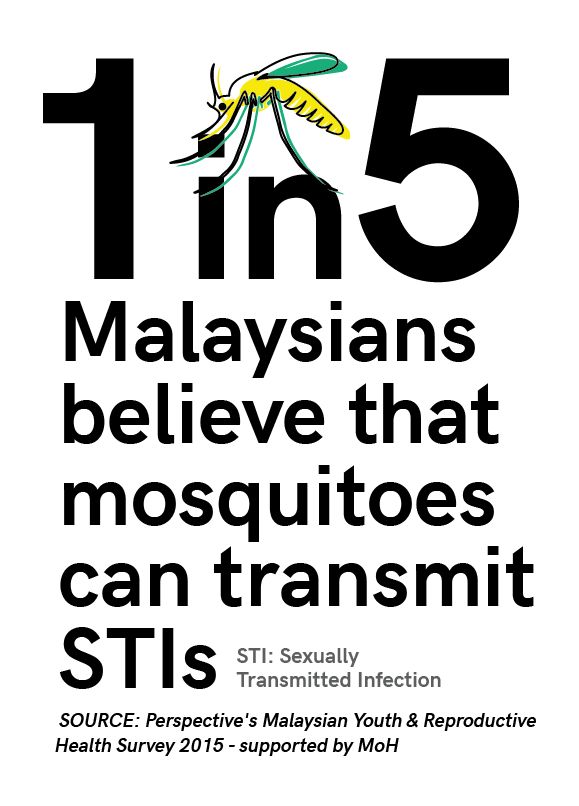
Just as disturbing is the lack of sexual reproductive health knowledge among Malaysians. According to a 2015 survey backed by the Health Ministry, 35% of Malaysian female youth believe that having sex for the first time does not lead to a pregnancy, and one in five Malaysians believed that STIs could be transmitted by mosquitoes.
The effect of this widespread ignorance is stark. Statistics show that around 14 in every 1,000 underaged girls in Malaysia fall pregnant every year, which adds up to an average of 18,000 girls per year.
In comparison, Singapore’s rate is four pregnancies for every 1,000 underage girls, and Hong Kong is at three out of every 1,000.
And that’s not all. According to the reports by Health Ministry, STI rates have doubled in the past decade with syphilis doubling from 2.99 infected per 100,000 people in 2011, to 6.5 in 2017.
It seems the question isn’t whether Malaysia should invest in comprehensive sexual reproductive health education, but whether we can afford not to.
In 2015, unplanned pregnancies cost the US government US$21bil – and that’s after saving US$15.8bil after investing in contraception, family visits and STI testing. While Malaysia lacks this specific cost breakdown, our subsidised public health system means that our government, too, bears the cost of our soaring teen pregnancy rates.
Where we stand
Sara*, 14, didn’t learn sex education from a book, either.
Instead, at 12, she learned about sex from a 17 year-old boy she met online.
“We used to video call each other, and he taught me how to have sex. He would tell me ‘do this, and this’,” said the tiny teenager, who is an inhabitant of yet another shelter home, this one a sort of rehabilitation centre for “wayward” girls. There are no such homes for boys.
“I didn’t know I could get pregnant,” she said. “He didn’t teach me that.”
Sara looks like a child herself, and yet, she brought a child into the world.
It’s because of stories like these that experts are calling for age-appropriate sexual and reproductive health education to be introduced at a young age.
To be fair, a version of sex education is currently being taught in schools under the banner of Reproductive and Social Health Education (PEERS) which is covered by Physical Education, Moral, Science and Islamic Studies textbooks. It covers Year One to Form Five syllabuses.
However, a 2011 study comparing PEERS against UNESCO’s Comprehensive Sexuality Education Guidelines syllabus by Universiti Kebangsaan Malaysia stated “90% of the respondents agree that sex education has not been taught in Malaysians schools and the informal information given by most of the teachers is vague”.
“What we are supposed to teach is comprehensive sexuality education (CSE), which includes scientifically accurate information about human reproductive biology, childbirth, contraception and sexually transmitted diseases including HIV,” said Dr John Teo, a member of the Medical Committee of the Federation of Reproductive Health Association of Malaysia (FRHAM).
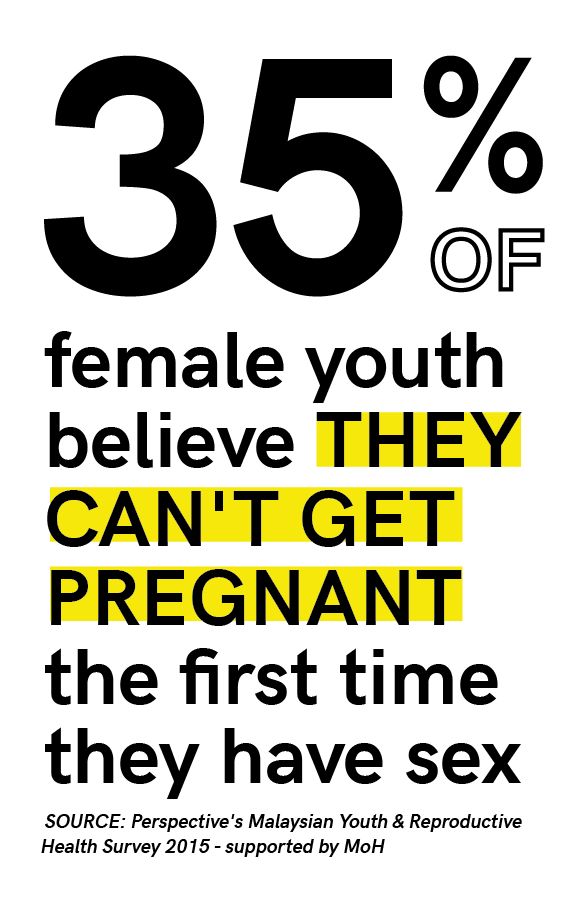
“It also helps young people to nurture positive values about relationships and tackles issues like family life, culture and gender roles, which are just as important as learning how to avoid pregnancy and infection,” he said.
The current PEERS syllabus does talk about human reproductive systems – but skirts around the act itself, while emphasising the dangers of pre-marital sex.
While the new syllabus for primary schools (in effect since 2011), have colourful pictures that teach children important information like “good touch” and “bad touch”, secondary school students are merely told to abstain from sex altogether.
The Form Five Physical Education and Health textbook states that “pre-marital sex will sully the family name, ruin the future of teenagers and raise the risk of STIs like HIV/AIDS”.
It ends on a chilling note: that parents and the government should take “drastic measures to end the problem of pre-marital sex.”
But clearly, as Mariam, Sara and the other 18,000 girls a year can attest to, pushing abstinence and threatening “drastic measures” aren’t working.
Talking about sex (education)
Cultural taboos prevent many Asian parents from talking about sex to their children.
Mariam herself is hesitant to speak to her child about sexual and reproductive health, or even how to say “no” to an over-insistent male.
“I’ll leave that to the school,” she said. “I’m scared to bring up this topic.”
Until the day she found out she was pregnant, Mariam hadn’t had many conversations about sex.
Despite whispered rumours that girls were getting pregnant and delivering babies in the school toilets, her teachers and schoolmates avoided the topic altogether.
Outside of school, the silence continued.
“My boyfriend’s parents knew we were having sex, but I think his mother just had faith that he would know what to do,” she said.
Clearly, that faith was unfounded. Without an adult to tell her about the dangers she faced, Mariam had no idea of the consequences she was about to face.
It’s a sobering thought that for many young Malaysians, PEERS, with those gaps in its syllabus, could be the only exposure they get to sex education.
While the relevant ministries are trying to move with the times and inculcate more social health education into their syllabus, the taboo surrounding the word “sex” is slowing things down.
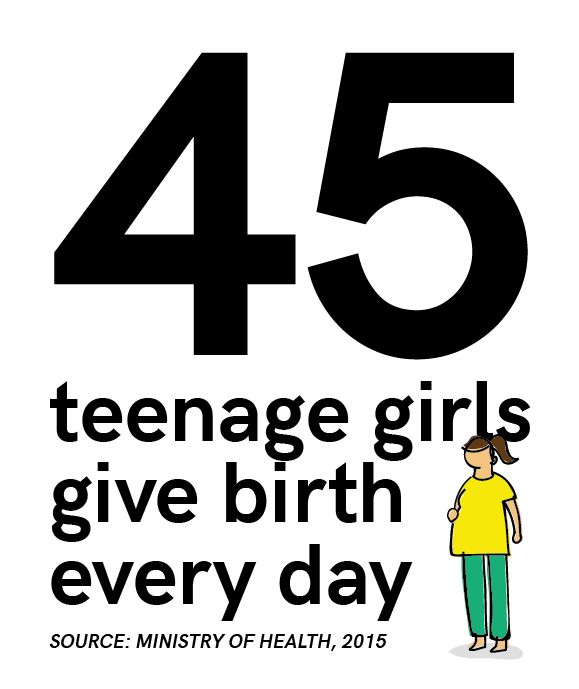 Women, Family and Community Development Minister Datuk Seri Rohani Abdul Karim admitted in a 2017 interview with R.AGE that while “There’s a need to educate our children because they’re now able to get all their answers from the Internet,” the name “sex education” in itself is taboo.
Women, Family and Community Development Minister Datuk Seri Rohani Abdul Karim admitted in a 2017 interview with R.AGE that while “There’s a need to educate our children because they’re now able to get all their answers from the Internet,” the name “sex education” in itself is taboo.
“I really think it’s the language used. People often think that sex education is about educating how to have sex,” said executive director of women and children development NGO Women:girls, Abby Latif.
“But when you put it in the context of reproductive health, contraceptive measures against STD and STIs and financial literacy for young parents, it gives a whole different meaning to it,” she said.
But Women:girls is fighting an uphill battle.
In 2010, Kelantan Mentri Besar Datuk Nik Abdul Aziz Nik Mat was reported in The Star saying that teaching sex education would be like teaching a thief how to steal, and that the move would encourage children to learn about sex among themselves, resulting in negative incidences like unwanted pregnancies and baby dumping.
He couldn’t be more wrong, insisted Teo.
“It’s a misnomer and a myth,” he said. “Comprehensive sex education has been conclusively shown to delay initiation of sexual intercourse, decrease risky sexual behaviour, incidence of teenage pregnancies, and increase condom and contraceptive use among teenagers that are sexually active”.
A 2014 survey by the National Population and Family Development Board (LPPKN) proved Teo’s point. It showed that higher awareness on reproductive health was closely linked to lower rates of teenage pregnancy.
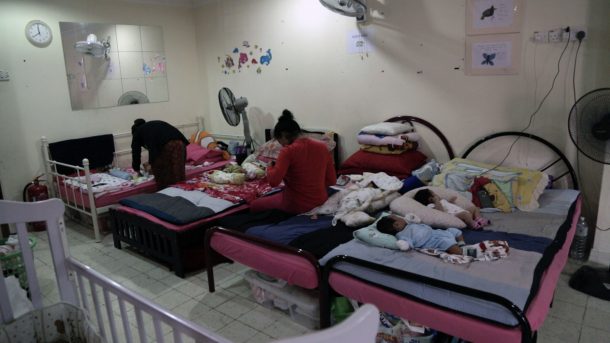
Residents of the Rumah Kita shelter home for unwed mothers have three mothers to find a new place to stay after giving birth, in order to make room for new girls. For many, going home with a baby is not an option
More than just a school subject
The responsibility of educating children on reproductive health doesn’t just fall on the shoulders of teachers and the school system – parents, too, play a key role and need to step up to the plate.
Studies like the one by the Journal of Adolescent Health 2010, have shown that a healthy and open relationship between parents and their children lead to the them making better choices in regards to their sexual activities.
“Parents play a pivotal role and need to educate and illuminate their children on the issue” said Deputy Education Minister Datuk P. Kamalanathan. “Who better to introduce this very intimate and sensitive subject matter than parents?”
Sexual education in school should serve to complement rather than lead the understanding of a child – it’s not a magic cure.
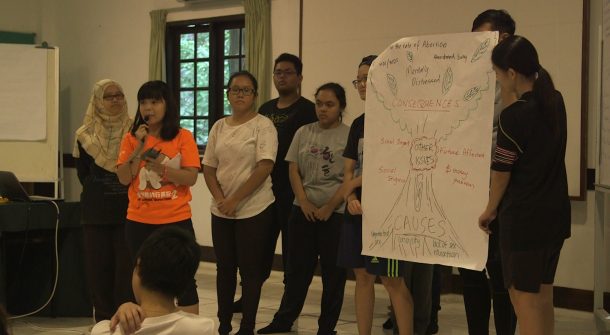
FRHAM conducts sex ed classes in an attempt to stem the rising tide of teen pregnancies and STIs. Many other NGOs are doing the same in the hopes of covering the gaps in the PEERS syllabus
“Sex education is something parents have to start with their children from a young age,” said Juliana Ooi, volunteer and trainer in comprehensive sexual education from NGO Family Reproductive Health Association.
She suggested that parents start with teaching their children the correct terms for their genitals.
“This is important because if a case of sexual abuse or harassment happens, the child would be able to properly inform their parents where and what happened,” she said.
But it’s about more than just giving the correct information if such an event happens – it’s about giving children the tools to navigate real-world issues they may face.
“They need to be provided with age-appropriate information bit by bit, so that when they grow up, they’re fully equipped with the skills to make informed choices,” said Ooi.
Without the power that informed choices give them, young mothers like Mariam and Sara often face the brunt of the consequences alone.
Unable to give birth at home because of the “shame” she will bring onto her mother and stepfather, Mariam has had no choice but to move into the shelter.
After that, she will have to make a decision no other teenager should have to: whether to raise the baby and bear the stigma of being an unwed mother in an Asian society, or put her own flesh and blood up for adoption.
Either way, she can only go home if she’s alone.


